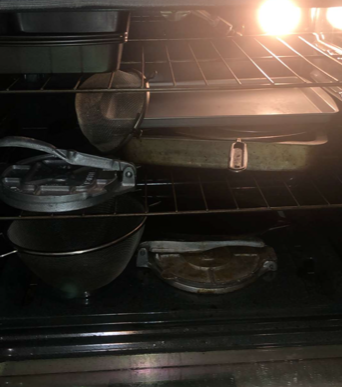Cultural Differences at CHS and Worldwide

April 16, 2019
Throughout the years I always figured that most people in the United States lived much the same way as I did. I knew everyone has different religions, so that affects some actions and situations within families, but for the most part, I assumed we lived fairly parallel lives. I never realized how different we all really are.
For example, I’m African American, and in my home, we use the oven to cook cakes and bakes dinners, etc. I was recently talking with my friend Melisa, who was born in Mexico, and she said that her family doesn’t use the oven to bake at all. Her family stores all the pots and pans in the kitchen there instead.
To me that seemed weird, but to her, it”s standard practice.
Another interesting tradition I learned about has to do with a friend of mine from India who wishes to remain anonymous. She explained that in her native country, a girl’s father chooses who she marries. The girls have virtually no say in the matter. For example, my friend must go back to India in the summer to marry a man that her father views as a worthy match and ideal husband for his daughter. Sometimes the daughters disagree with who they are promised to, but it is a part of their culture and lifestyle.
Some other interesting facts I uncovered while researching are that in Thailand, the head is the most sacred part of the body and the feet are the dirtiest. In many parts of the Middle East and Africa, men hold hands as a sign of friendship and trust. Chewing gum might be good for dental hygiene, but in Luxembourg, Switzerland, and France, public gum-chewing is considered vulgar.
It’s almost mind-blowing that we live in a world with such variety — so many cultural traditions and belief systems, even storage techniques and social etiquette differences. We should all learn more about one another and not assume we all live life the same way.


